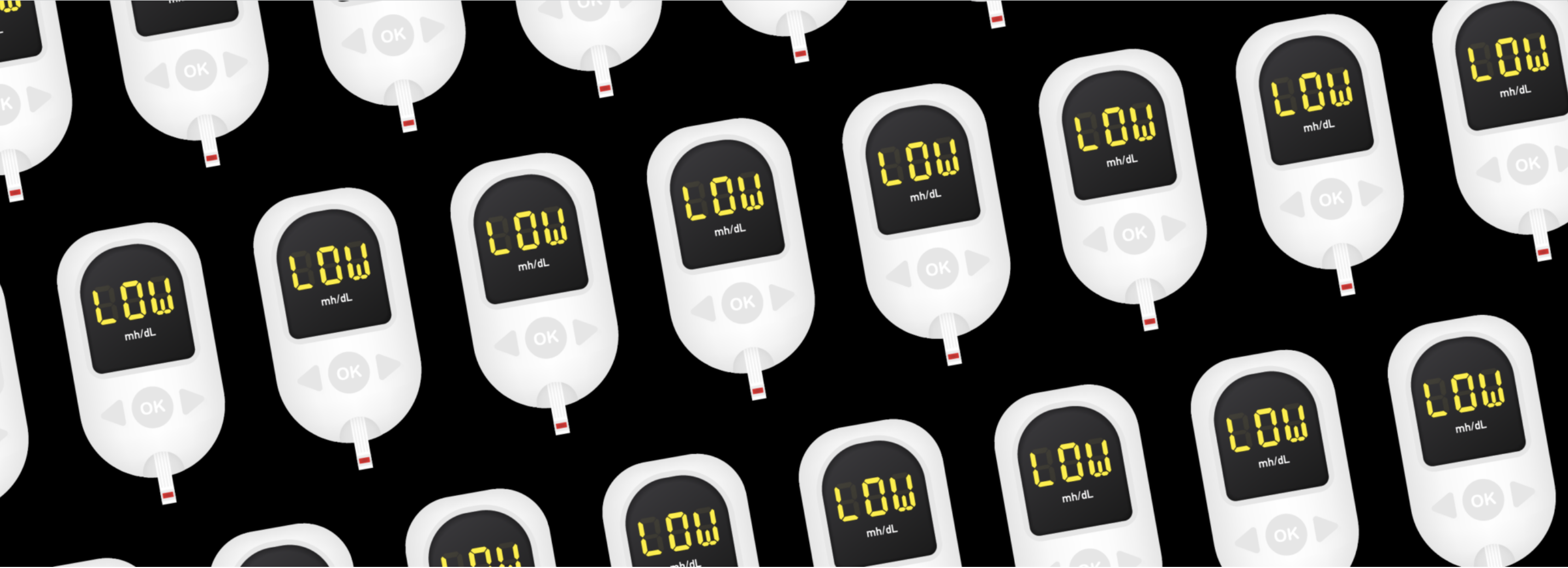COVID + Diabetes: The Work and School Safety Guide
Written by: Lala Jackson
5 minute read
September 14, 2020
Editor’s Note: We have a simple goal: tap into the power of the global diabetes community to save lives. Visit coronavirusdiabetes.org to learn more about what you can do as a person with diabetes to keep yourself and others safe from COVID-19 until we’re all safe.
This article was updated on Tuesday, September 7, 2021.
Headed to work or school amidst the COVID-19 pandemic while living with diabetes? The following recommendations are meant to provide the tools and resources you need to keep yourself and anyone else who may be vulnerable to more intense symptoms or complications from COVID-19 as safe as possible.
We have learned a ton about COVID-19 and diabetes and we will continue to learn more as time goes on. What we do know? Diabetes itself does not increase the risk of contracting COVID-19. However, other factors do increase your risk of catching the virus, like older age, high blood pressure, underlying heart or lung conditions, being overweight, or having consistently elevated blood glucose levels. Additionally, we have seen that if a person with diabetes contracts the coronavirus, they are more likely to experience more intense symptoms of COVID-19 and complications, including diabetic ketoacidosis (DKA).
While some reports point toward a higher rate of death from COVID-19 for people living with diabetes, it is important to note that these studies are based on people who ended up in the hospital from COVID-19, and often have multiple other underlying conditions, chief among them older age.
Overall, the best thing a person with diabetes can do is avoid catching the novel coronavirus in the first place. Of course, that’s easier said than done, particularly when your work or schooling requires you to be in places other than your home and in contact with people outside your household. As more locations reopen and we each must make choices about the personal level of risk we are willing to take for work or school and as we move about the world, key precautions can keep us as safe as possible.
If you’ve been working or going to school throughout the pandemic, you know about the key personal behaviors everyone should be abiding by to minimize the spread of the coronavirus:
- Get vaccinated! Getting the COVID-19 vaccines decreases your likelihood of catching or spreading coronavirus while significantly decreasing the severity of the disease if you do catch it, allowing you to avoid severe symptoms, hospitalization, or death. Simply put, the COVID-19 vaccine essentially turns a potentially deadly flu into a cold.
- Wear a mask! (especially in public indoor spaces, we cannot stress this enough; wearing a mask is proven to lower the rate of transmission.)
If you are just now returning to work or school—or are the administrator of work or school environments—there are additional measures you can take to keep the most vulnerable among us safe until we’re all safe. It is important that all places of work and school take these precautions as much as possible, because there is no way to know every person’s level of risk.
Weigh The Risks:
- Consider general risk based on your location. For areas that have worked to contain the virus, fewer people are carrying the coronavirus, which means a lower rate of spread. Regularly check in with your local health department, school district, or news reports to weigh risk of infection based on your location. In areas where the transmission rate is still high, the utmost precaution should be taken for all people living with diabetes. If you are a work or school administrator, ensure there are options for your students or workers to work or learn remotely. If not possible, ensure proper health precautions and protections are in place in your facility to keep people safe.
- Ensure diabetes can be well managed amidst the circumstances. Good glycemic management—making sure blood sugars stay in a healthy range as much as possible—is absolutely key to ensure the best possible health outcomes, both generally and particularly amidst COVID-19. Everyone with diabetes must be given the proper support to ensure healthy glycemic outcomes. Students or workers with diabetes may require breaks at regular intervals, safe and clean spaces to consume snacks or meals, or built in time for movement throughout the day. For students, utilize a 504 plan to ensure a clear plan is outlined to ensure the student’s safety. If you have diabetes—be vocal about what support you need to take the best care of yourself. Know your rights. If you are the parent of a student with diabetes, this resource from JDRF Canada is a great guide of what you may want to consider. If you are a school or work administrator, be aware of how much people with diabetes are trying to balance right now and ask questions about what they need. You doing so can save lives.
Establish structural precautions and protections.
- Create spaces that guide safe and effective personal behavior. Places of work and schooling have an obligation to keep workers and students as safe as possible amidst the COVID-19 pandemic. As much as possible, maintain 6 feet of distance between people who are not part of the same household. Create distance between desks and workplaces. In situations where distance cannot be maintained, create barriers using plexiglass or other non-porous materials to minimize the spread of aerosolized particles (the virus moving through the air via droplets created when you speak, cough, etc.).
- Get creative about places and timing of work and learning. Avoid indoor spaces as much as possible. Consider having classes outside when possible. In situations where one must be indoors, ensure proper ventilation and air flow so viral particles are not circulating. This may require open doors and windows, additional fans and air purifiers, or it could require getting creative about where work is happening. Is there a more open space or area with more or larger doors that can be opened? Consider all areas at your disposal. No matter what, fewer people in a space is ideal. In some countries, businesses and schools have created a staggered approach for attendance. For example, some companies have created a ‘one week in-person, two weeks from home’ system, aiming to ensure that employees get the in-person interaction needed for their work and desire for personal interaction, while also providing a two-week secluded period to see whether symptoms of coronavirus become apparent. In some schools, students have been given a system of one class or day of classes in-person, several classes virtually. This gives students who are better in-person learners the chance to interact with their teachers and a limited number of classmates, while reducing their number of potential interactions with high-risk spaces.
- Have a scenario plan. Ahead of time, figure out your personal boundaries. For you personally or for your school or organization as a whole, what is the limit that constitutes things no longer feeling or being safe? Will you plan to change your work schedule if your blood sugar management is not in range as much as it needs to be for your safety? Will you pull your child out of in-person school if the school district reaches a certain infection rate? Do you know how your institution or company is planning to communicate about health emergencies or outbreaks? Knowing what steps you will take when certain thresholds are met can help minimize panic in those high-pressure moments. Having a clearly communicated plan with school administrators, bosses, coworkers, etc. will help once other things that could not have been accounted for arise.
We are learning new things about COVID-19 every day. Be prepared to shift quickly and often. Be open to listening to what others need based on their perceived and actual personal risk. Be mindful that people are being forced to weigh their physical health against their mental, financial and familial health. Be kind. Be patient.
For more information about COVID-19 and diabetes, visit coronavirusdiabetes.org.

Author
Lala Jackson
Lala is a communications strategist who has lived with type 1 diabetes since 1997. She worked across med-tech, business incubation, library tech and wellness before landing in the type 1 diabetes (T1D) non-profit space in 2016. A bit of a nomad, she grew up primarily bouncing between Hawaii and Washington state and graduated from the University of Miami. You can usually find her reading, preferably on a beach.
Related Resources

The biggest barbecue day of the year is the 4th of July! Celebrating the 4th...
Read more

Hypoglycemia and severe hypoglycemia are two things against which all people with diabetes should be...
Read more

Whether or not you have type 2 diabetes, you must eat. You must also pay...
Read more

